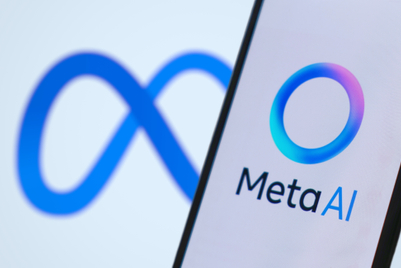
| PARTNER CONTENT |
How can businesses remain a step ahead and maximise their campaigns in response to the evolving behavioural patterns of digital users? The answer is simple — reevaluate your digital strategy. Despite the hype, marketers tend to keep digital strategy on the sidelines of their core spending plans when it should be the focus, but Meta’s latest whitepaper suggests that a hard rethink is needed for the way to success.
Meta’s latest whitepaper, Rethinking media mix effectiveness in the new digital landscape, dives into the major opportunities that marketers in Asia Pacific can tap into to deliver more with less in an increasingly sophisticated and fractured media landscape. Driven by research and analytical insights by Kantar and Nielsen, the report identifies the key learnings for brands to adopt in a world where digital is not just the future, but also the present. Here are the most important takeaways to keep in mind.
Busting media mix myths
Despite the effectiveness of digital advertising, many modern marketers still treat digital media as an extension of their core spending plan, rather than a main focus. When it comes to measurable results at a lower cost, digital channels are outperforming traditional platforms, making them a crucial element in the toolkit of any business looking to maximise their spending. Kantar research established that advertising dollars go further on Meta, where, despite accounting for just 6% of the average share of spend, the platform delivered the second-highest reach (44%) after television.
Forge ahead to positive results and succeed with efficiency and profitability by reframing your thinking on digital platforms and including emerging technology in your marketing strategy. Instead of relying heavily on TV and other traditional forms of media, brands must diversify their media mix to feature digital more and make use of each platform’s best practices to achieve maximum ROAS. Here are three things to keep in mind to restructure your media mix as efficiently and effectively as possible:
- Embrace Multiplicity: Digital consumers continue to develop more complicated behavioural patterns, so it’s crucial that marketers experiment with different formats and surfaces — including shop pages, live shopping, short-form videos, business messaging, and more — to reach audiences. Increasingly sophisticated AI solutions and tools, such as the ones offered by Meta, can deliver efficient, personalised, and better-performing ads to consumers in a cost-effective way to maximise advertising budgets while using less data.
-
Plan for outcomes, not audiences: Assess the effectiveness of your media mix in different ways and categorise them into evaluations of actions versus outcomes, rather than simply basing the success of campaigns on metrics like CPM to indicate reach efficiency without considering metrics that capture the end outcomes for businesses. With digital platforms — like those in the Meta ecosystem — optimising for outcomes and ROI is simpler and more straightforward than it would be in traditional outbound media.
-
Build foundations, but experiment with new solutions and formats: Brands have a major opportunity to supercharge their marketing by leveraging the full capabilities of digital and creating unique marketing solutions within new formats. Meta has observed the rising influence of content creators, whose word-of-mouth marketing drives spending decisions and builds authentic connections with audiences. Engagement with short-form videos (such as Reels) is growing at a rapid pace, and businesses building relationships with consumers through direct messaging is becoming a common part of the customer journey. All of these developing trends are opportunities for brands to transform their media mix for the better.


.jpg&h=334&w=500&q=100&v=20250320&c=1)
.jpg&h=334&w=500&q=100&v=20250320&c=1)
.jpg&h=334&w=500&q=100&v=20250320&c=1)



.png&h=334&w=500&q=100&v=20250320&c=1)

.png&h=334&w=500&q=100&v=20250320&c=1)

.jpg&h=268&w=401&q=100&v=20250320&c=1)






